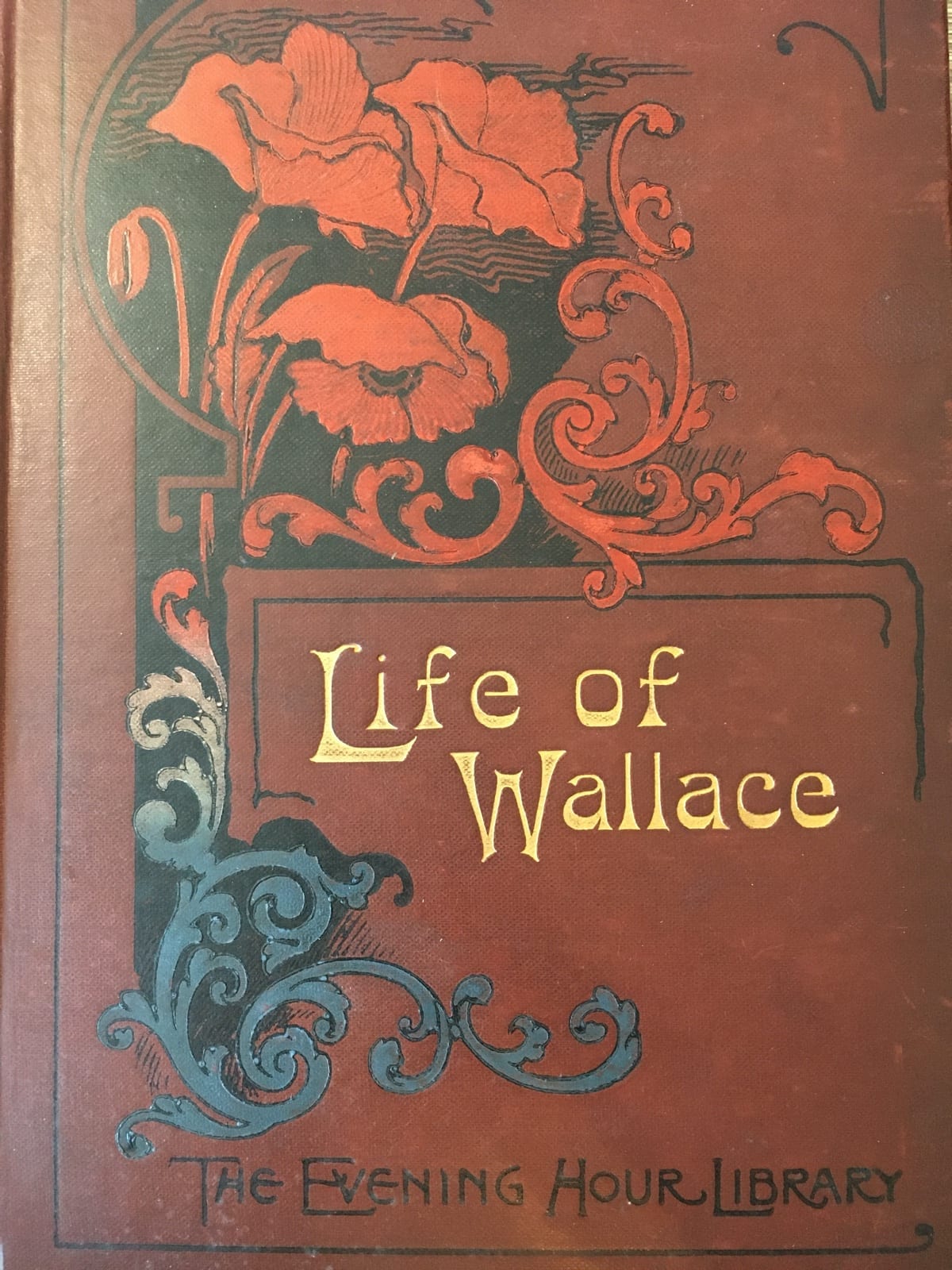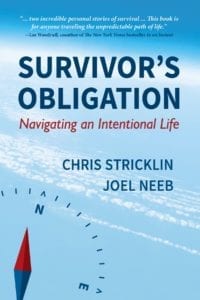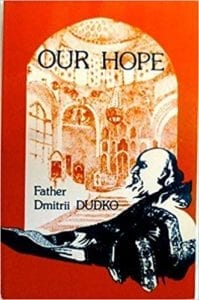Life of Wallace
Reason Book was Chosen:
I bought this book at a second-hand bookstore in Edinburgh in 2018. It's over 100 years old and was given to a student for exemplary behavior. I can't even find this book on Amazon. The reason I want to read it is to see what people were reading about William Wallace nearly 100 years before the movie Braveheart impacted our perception of the Scottish warrior. Plus, the book smells amazing.My Thoughts
The film Braveheart has deeply impacted my life. What’s funny is that I hated the movie the first time I saw it. It had been so hyped up that I thought it didn’t live up to the hype. But over time, my thoughts about the movie changed and it quickly became one of my favorites. The story has a very Christ-like figure in the person of William Wallace who becomes a martyr for the cause of freedom.
I saw this particular book at a bookstore in Edinburgh in 2018 and I bought it. My main reason for reading it was to see what people thought about William Wallace in the late 1800s compared to what we think of him now after Braveheart.
Life of Wallace mostly pulls from Blind Harry’s poem about Wallace written in 1477 (172 years after Wallace’s death) called The Actes and Deidis of the Illustre and Vallyeant Campioun Schir William Wallace, or more commonly referred to as The Wallace. Author James Paterson (no, not that James Patterson), takes what Blind Harry wrote about Wallace 421 years earlier and compares it to the historical record known at the time in 1898.
I’ll focus this review on similarities between Blind Harry’s account of Wallace and what is portrayed in Braveheart. Before I do that, I’ll insert a story about why this may be amusing. I spent the summer of 2000 studying at Oxford University. This was around the time I was getting into Braveheart, and so one of my Oxford professors (Oxford Don) had to take multiple questions from me about William Wallace. When I mentioned my love of Braveheart, he laughed in my face. He considered it to be one of the most horrifically unhistoric movies of all time. As I get to know more about the actual history, I do see many terrible examples of creative license, but I also see some interesting connection points. Here are some of them:
- In Braveheart, Wallace meets with Edward II’s wife. According to Blind Harry, Wallace actually met with Edward I’s wife while Edward was fighting against the French. Due to Wallace’s reputation of sparing women, children, and priests in warfare, the Queen felt comfortable meeting with Wallace. The conception of a child with Edward II’s wife was very far out of the realm of historical possibility as she would have been 10 years old at Wallace’s death.
- The constant fighting amongst the Scottish nobles in the movie is quite accurate.
- The betrayal by Robert the Bruce is accurate and apparently after the Battle of Falkirk, he vowed never to be against Scotland again.
- The Battle of Stirling was not fought on an open field as portrayed in the movie. Instead, it was fought within sight of Stirling Castle and was an incredible strategic win for Wallace. He waited until a certain number of English soldiers had crossed a bridge and then led his men to attack a small portion of the English army. So, the portrayal in the movie of Wallace telling his men to wait was correct.
- In the Battle of Stirling, the movie portrays Wallace and his men making long spears to use against the English. As stated above, the battle was not fought in an open field with the English advancing full speed against the Scots. However, in that battle, the calvary did charge the Scots who were waiting on a hill and they were repelled by spears.
- Wallace’s love interest was murdered by the English Sherrif Hesilrig.
- Wallace did not kill Hesilrig in the open as portrayed in the movie but rather killed him in his own home. This is similar to later in the movie where Wallace enters a nobleman’s home and kills him in his bed.
- Towards the beginning of Braveheart, we see the scene where Scottish nobles were gathered together under a banner of truce and all hung. Blind Harry referred to this as the Barns of Ayr, however, more recent historical scholarship doubts this event took place at all.
- This is a story Blind Harry includes about Wallace fighting a lion in France and killing the lion. It probably didn’t happen, but it reminds me of the scene in Braveheart where the Scottish people are talking about the myth of Wallace and how he was like “Moses and the Red Sea.”
- Although there is no record of Wallace having gone to Rome (“you’ve been to Rome? Aye, uncle took me on a pilgrimage”), there is a letter that exists in the Tower of London with an introduction from the French King to the pope for Wallace (“stand up man, I’m not the pope”).
- There was a Stephen from Ireland. It’s not certain if he was actually from Ireland or just called Stephen Ireland.
- In the movie, there’s almost a David and Goliath type of scene where Wallace hits his childhood friend with a small rock right in the forehead. In his life, there is a story that Wallace encountered a man who had people pay him to hit him as hard as they could with a pole. Wallace took the challenge and hit the man so hard he killed him.
- As portrayed in the movie, the Battle of Falkirk could have been won by the Scottish had there been union amongst the Scottish nobles.
- As portrayed in the movie, Wallace never sought office for himself, but was always seeking after the freedom of Scotland.
In general, this was a good book to consider the man vs the myth (much like the book David Crockett on this year’s reading list). Since Blind Harry was writing 172 years after Wallace died, much of what he pulled was likely folklore that had gained in intensity over those years. However, we can also now see historical details that either align, slightly differ, or disagree with the account by Blind Harry presented in this 1898 book Life of Wallace.




2 Comments. Leave new
Hi,
I have exactly the same book by James Paterson printed 1898 by W P NIMMO , HAY & MITCHELL
Condition fair
Any idea of value.
Many thanks
That’s great! Not sure on current value, but I purchased mine at a bookstore in Edinburgh for £30 in October 2018.